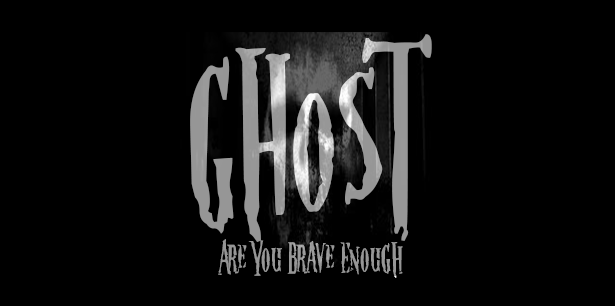In the somber heart of Brighton, a place of antiquity and shadows stands steadfast, its name

whispered in hushed tones: Preston Manor. Oh, the tales that linger in the air, like tendrils of mist weaving through its halls, recounting an enigmatic history that stirs the senses and chills the soul. But dear reader, it is not just the dimly lit corridors and timeworn walls that beckon curiosity; it is the seance room, clad in leather wallpaper, where the lines between our world and the ethereal are blurred, where the whispers of the past echo with a resonance that defies explanation.
Picture, if you will, this room of secrets, where leather clings to the walls as if seeking solace as if trying to ensnare every whisper and tremor of the unseen. It is here, within these very confines, that the curious and the bold have convened to commune with the beyond. Seances, those rituals that straddle the veil between life and death, are enacted with bated breath and quivering hands. The table, a witness to the tides of fate, moves as if guided by spectral fingers, swaying to the rhythm of an otherworldly dance.
Yet, it is not just the table that becomes ensnared in this ethereal waltz. No, dear reader, in this
room of leather-bound memories, tables move with purpose, driven by an energy that defies explanation. The confines of the room prove feeble as the tables glide, not only across the worn floorboards but out into the corridor, as if guided by an unseen force that seeks to venture beyond.
Imagine the disquiet that must churn within the breast of the curious observer, as they watch the table's trajectory carry it along the long corridor, slipping through the threshold of other chambers. What ancient secrets does it whisper to those who linger in its path? What spectral hands guide its movements, and what enigmatic forces propel it on its journey?
And as the curious are drawn like moths to the flames of this enigmatic room, there lies another realm of uncanny events. Ascend the creaking stairwell to the upper chambers, where innocence and childhood reside. The nursery, a sanctuary of tender laughter and dreams, transforms into a theatre of the unexplained. In these sacred spaces, the laws of reality seem to blur, and the mundane surrenders to the mysterious.
Shadows dance upon the walls, contorting into shapes that defy the laws of physics. Footsteps, delicate yet distinct, reverberate in the silence, an echo from a spectral realm. The nursery's air is thick with the essence of unseen presence as if generations of memories are woven into the very fabric of the room.
In Preston Manor, Brighton's silent sentinel, every corner teems with the weight of history and the touch of the unknown. The seance room, shrouded in leather-clad secrets, pulsates with spectral energy, tables moving as m

essengers between realms. And the nursery, where innocence meets the ethereal, bears witness to shadows that dance to a rhythm known only to the past.
Dear reader, as you wander these halls and chambers, know that the tales whispered in these walls are not mere echoes of the past, but living entities that beckon you to unravel their enigma. The spirits of Preston Manor yearn to share their stories, to guide you into the realm where the mundane blurs into the uncanny, and the heart of the unknown beats with an eerie resonance.
#EnigmaticSeances #TableTalksWithGhosts #MysteriesOfTheNursery #GhostsOfBrighton #SupernaturalSagas #UnseenForces #EerieResonance #HauntingHistories











